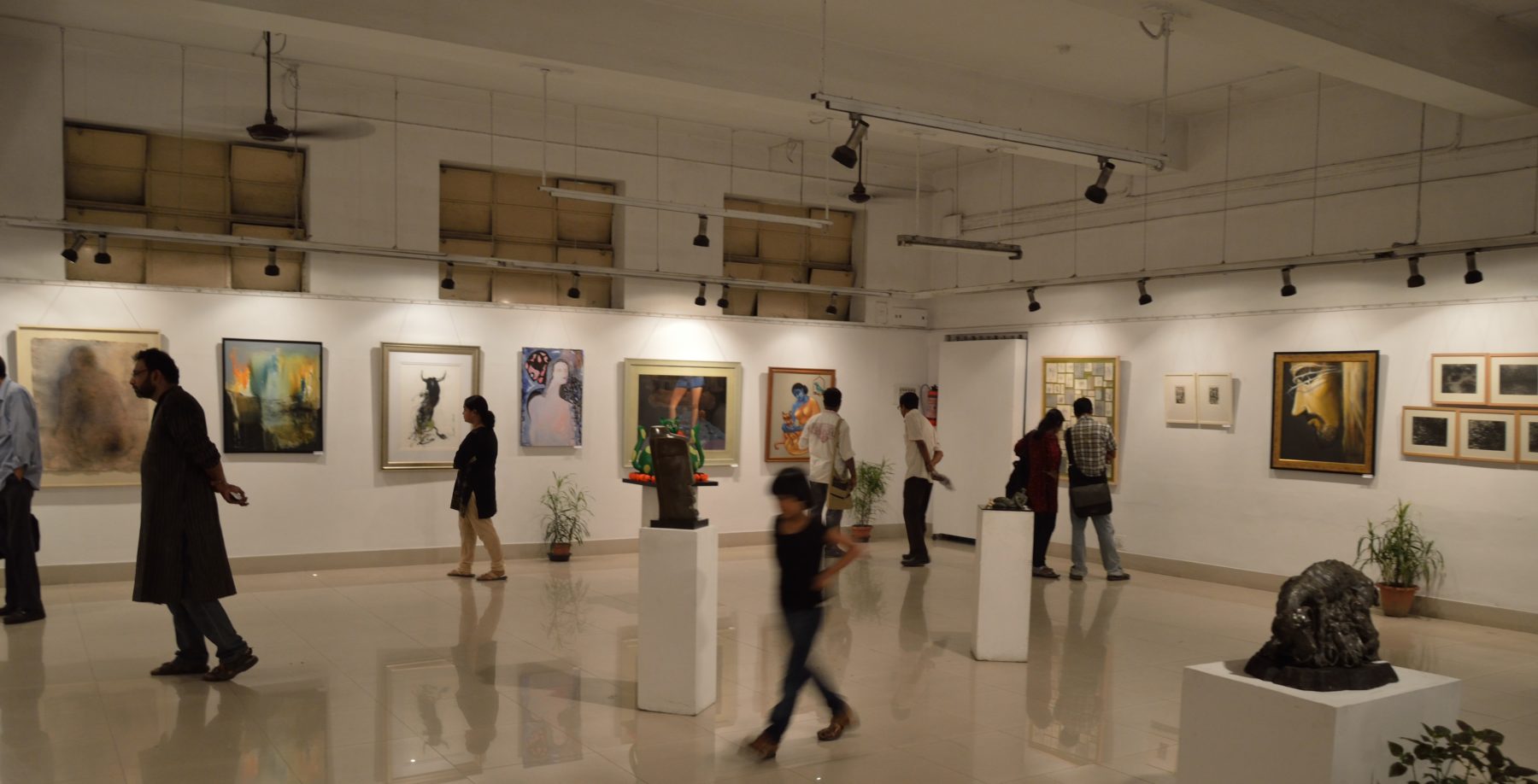On Monday January 13, 2014, the Cultural Research Network hosted a virtual study group on coding methodology for qualitative researchers.
Based on workshops he has given for researchers from a diverse array of fields, Johnny Saldaña presented an overview of coding methods that can be adapted for almost any qualitative research situation. In preparation for the virtual study group, Johnny shared a chapter manuscript from his forthcoming contribution to The Oxford Handbook of Qualitative Research Methods, edited by Patricia Leavy.
Biography:
Johnny Saldaña is the Evelyn Smith Professor of Theatre in the Herberger Institute for Design and the Arts’ School of Film, Dance, and Theatre at Arizona State University. His most recent books include:
- Fundamentals of Qualitative Research (Oxford University Press, 2011),
- Ethnotheatre: Research from Page to Stage (Left Coast Press, 2011) recipient of the American Educational Research Association’s Qualitative Research Special Interest Group’s 2012 Outstanding Book Award
- The Coding Manual for Qualitative Researchers, second edition (Sage Publications, 2013)
Saldaña has published articles in journals such as Youth Theatre Journal, Stage of the Art, Teaching Theatre, Research in Drama Education, Research Studies in Music Education, Multicultural Perspectives, Journal of Curriculum and Pedagogy, and Qualitative Inquiry. He has also published chapters on research methods for such titles as Arts-Based Research in Education, Handbook of the Arts in Qualitative Research, Handbook of Longitudinal Research, New Approaches to Qualitative Research, Creative Arts in Interdisciplinary Practice, The Oxford Handbook of Qualitative Research Methods, and entries for The Sage Encyclopedia of Qualitative Research Methods.
Saldaña’s research methods in longitudinal qualitative inquiry, ethnodrama, and qualitative coding and data analysis have been applied and cited by researchers internationally to explore topics including education, the fine arts, the social sciences, business, government, technology, health care, and medicine.
He is currently at work on Thinking Qualitatively: Methods of Mind; in development for 2015 publication by Sage Publications.
You can access his full CV here.
You can access notes from the study group here and below.
1.13.2014_VSG_CodingMethodologiesforQualRe
